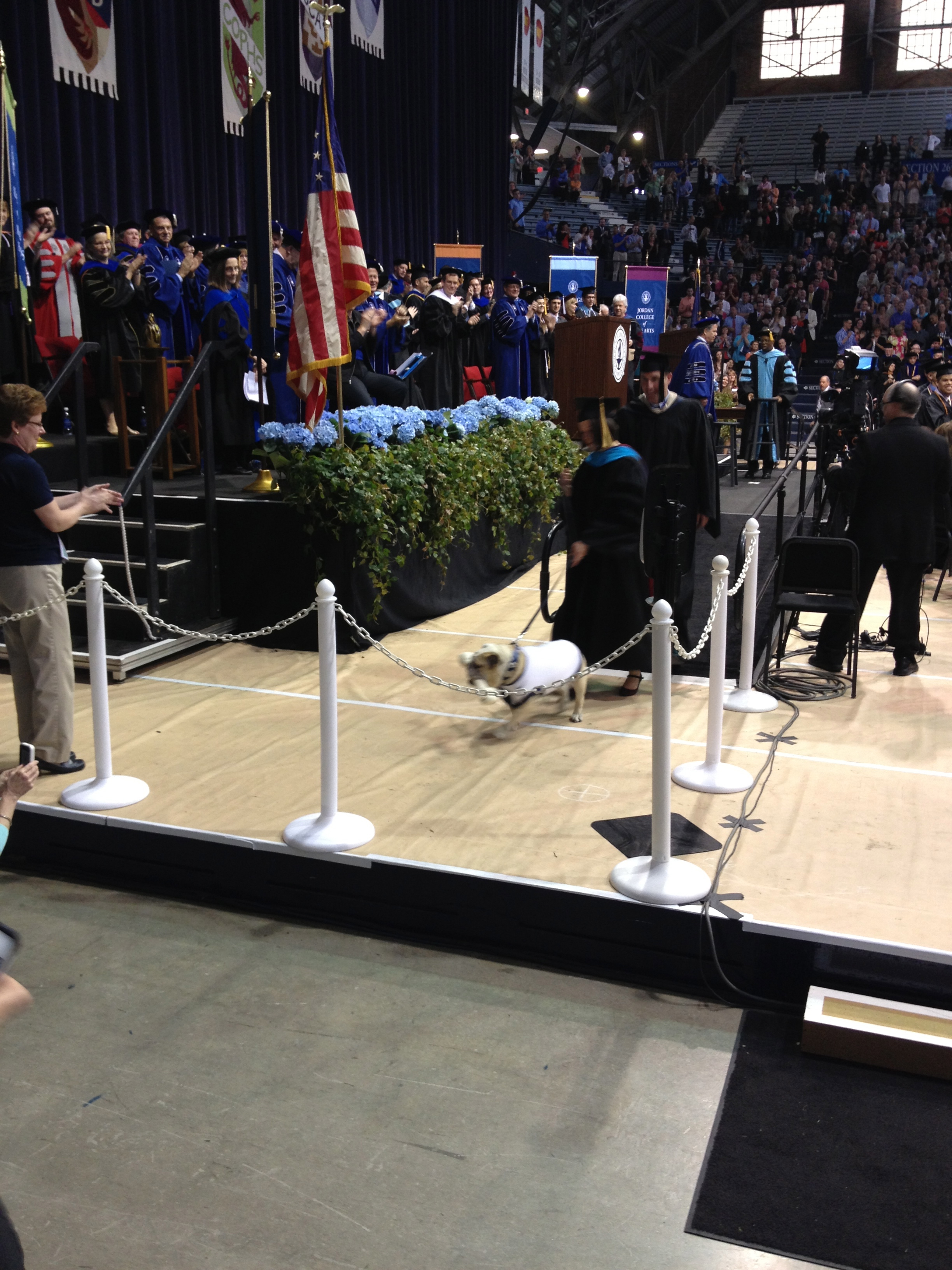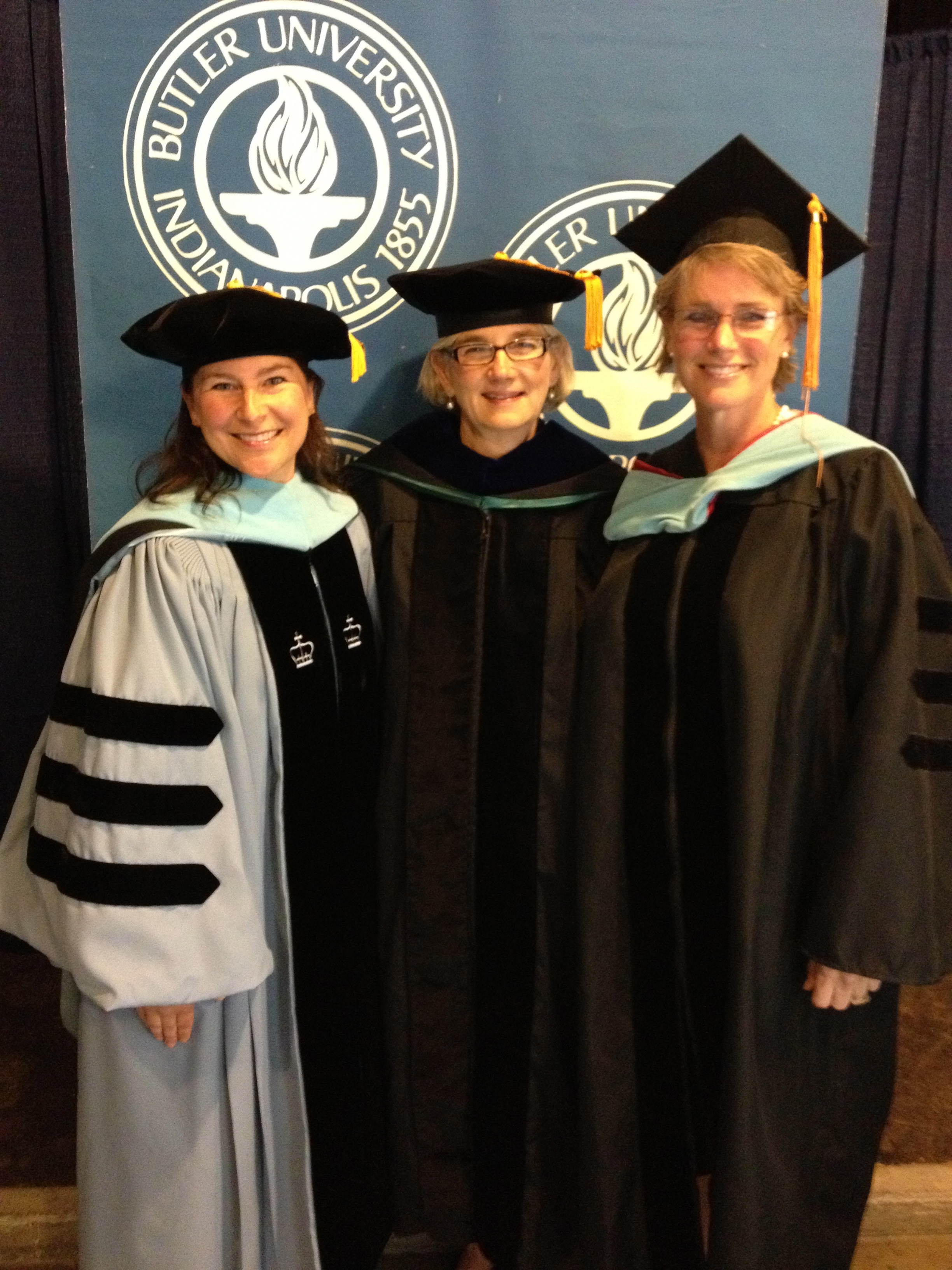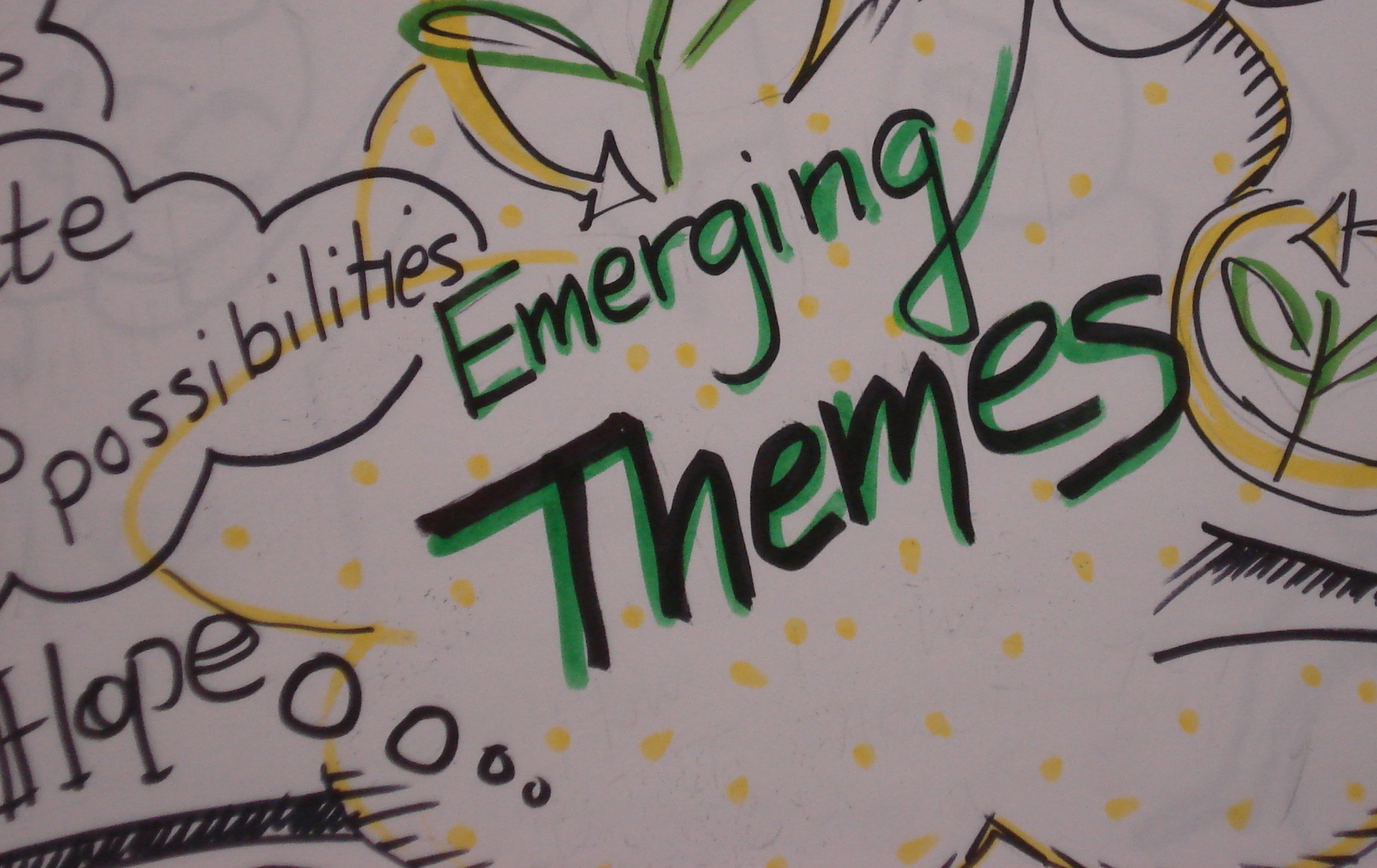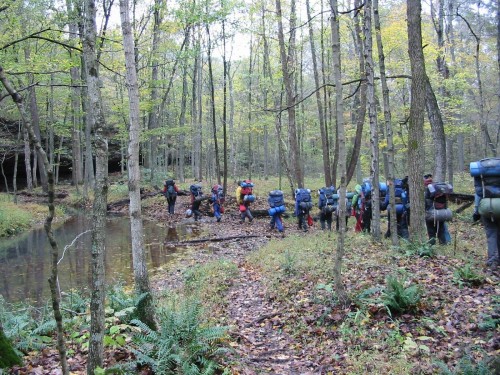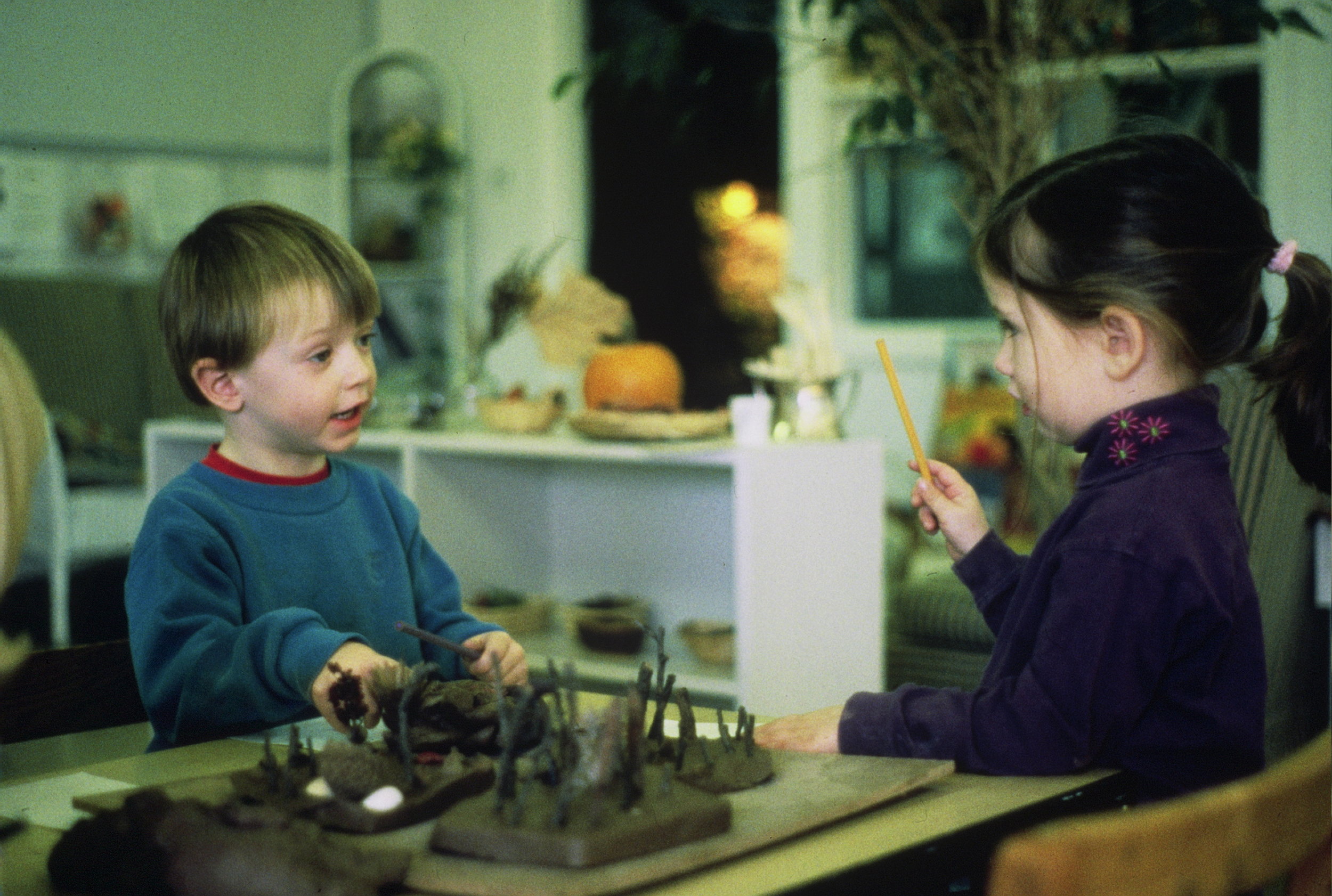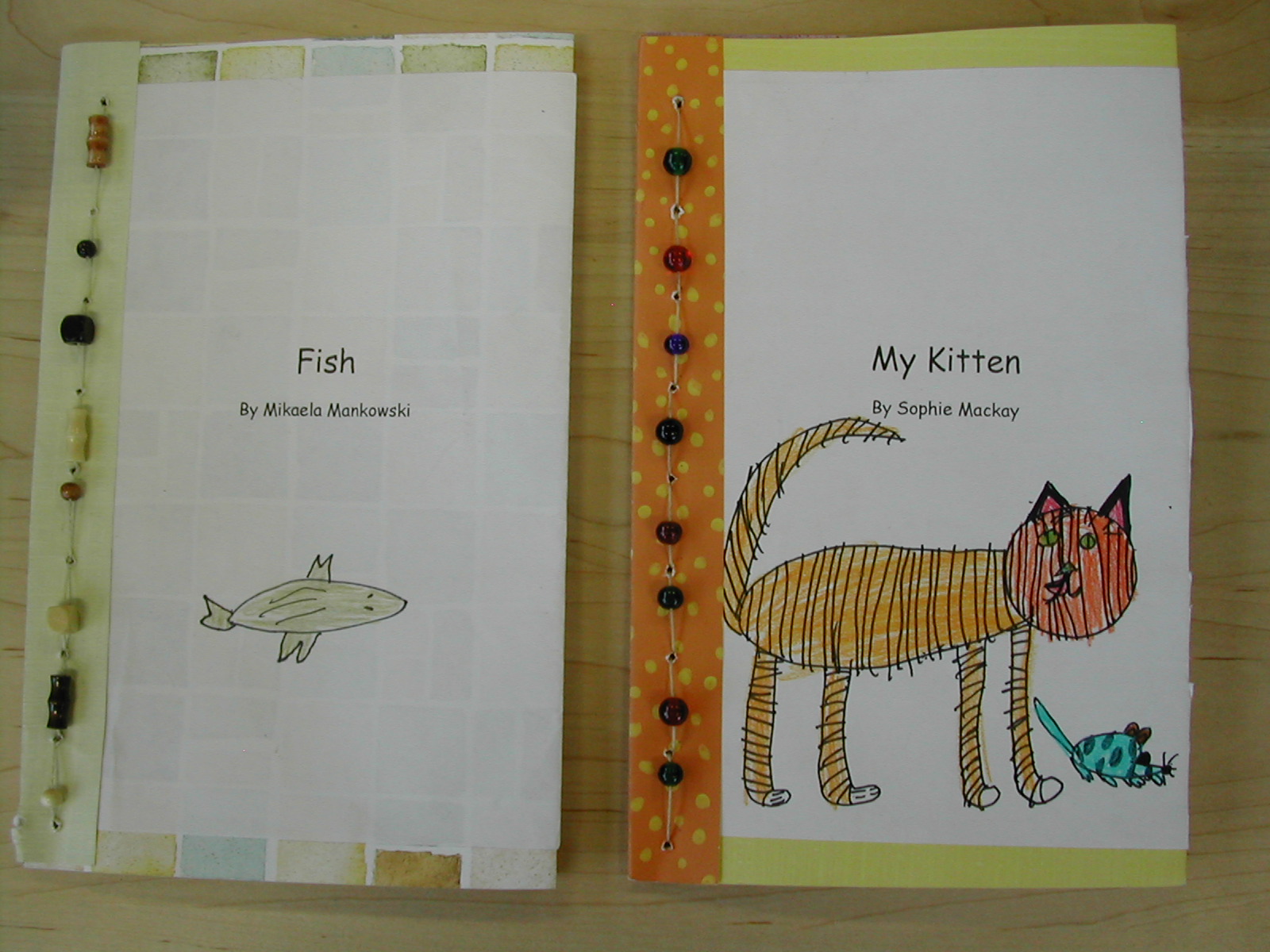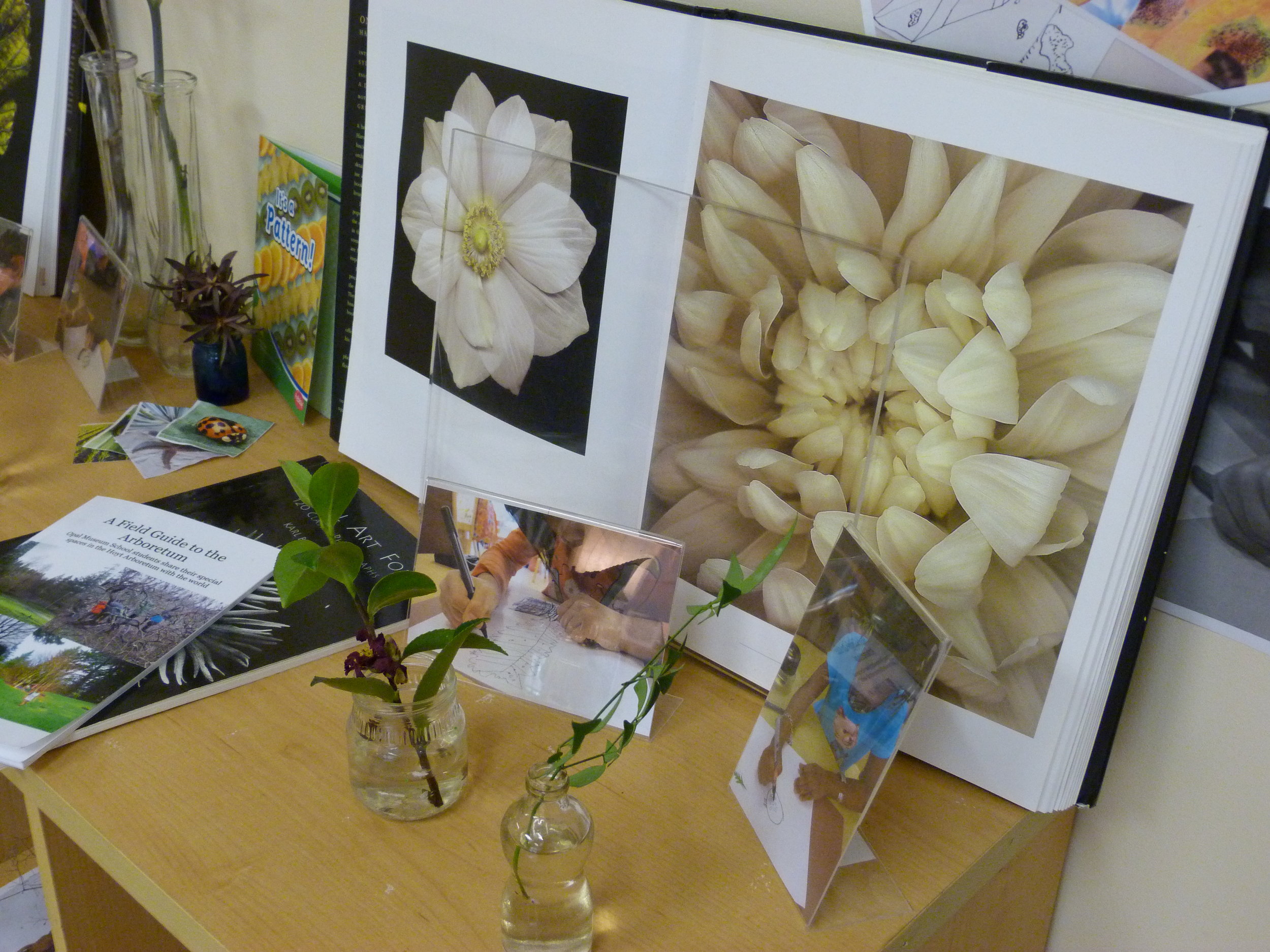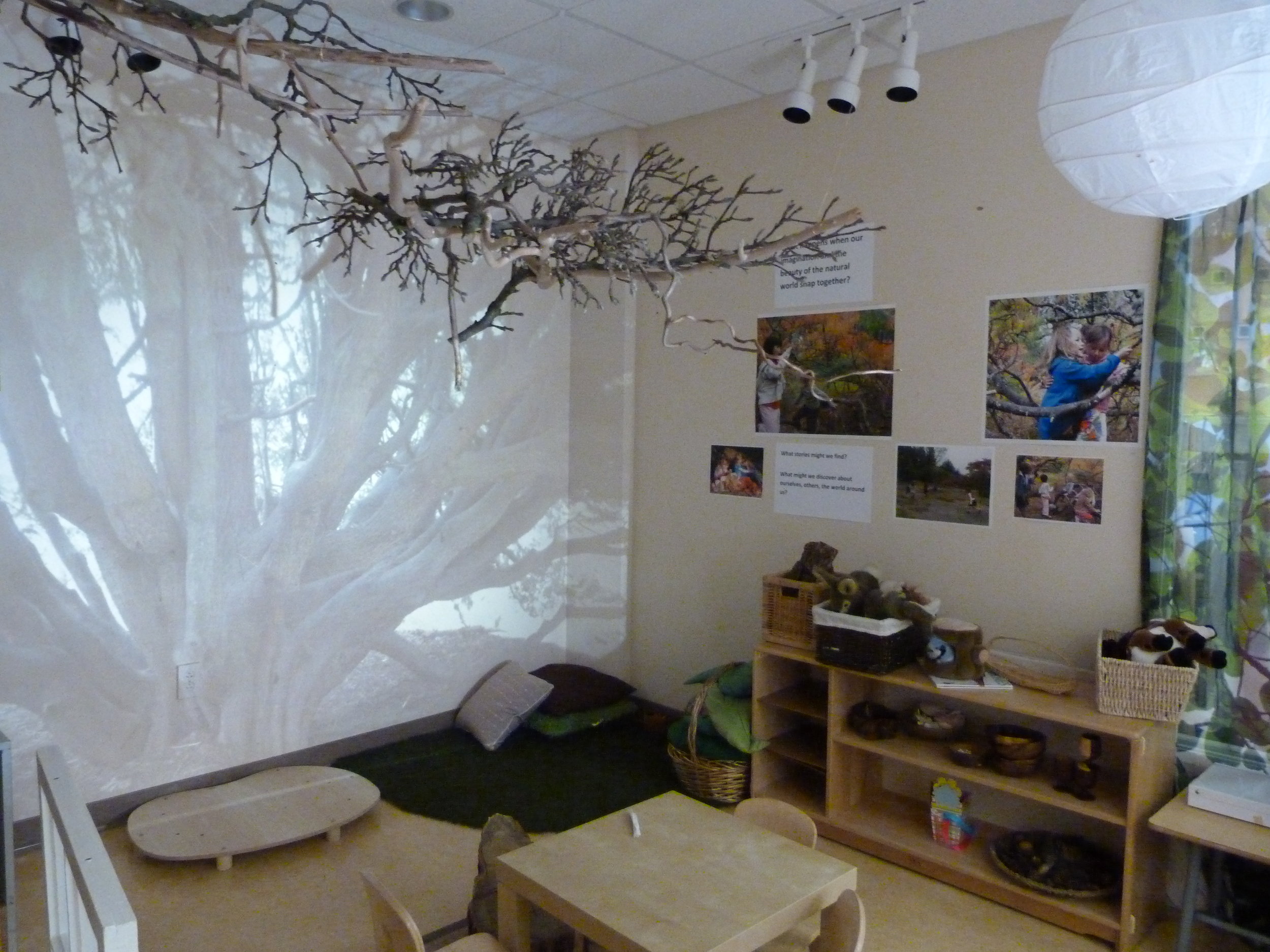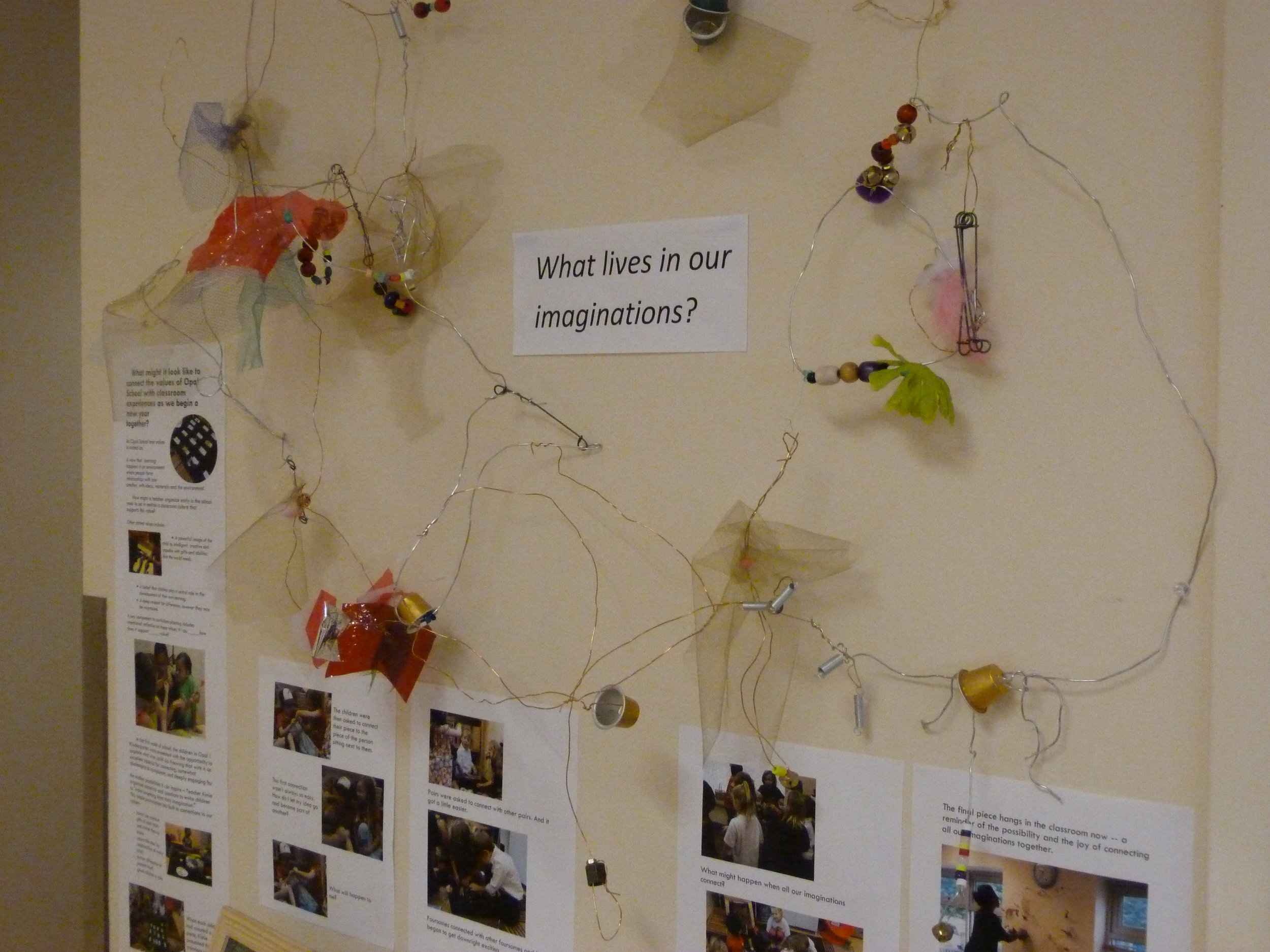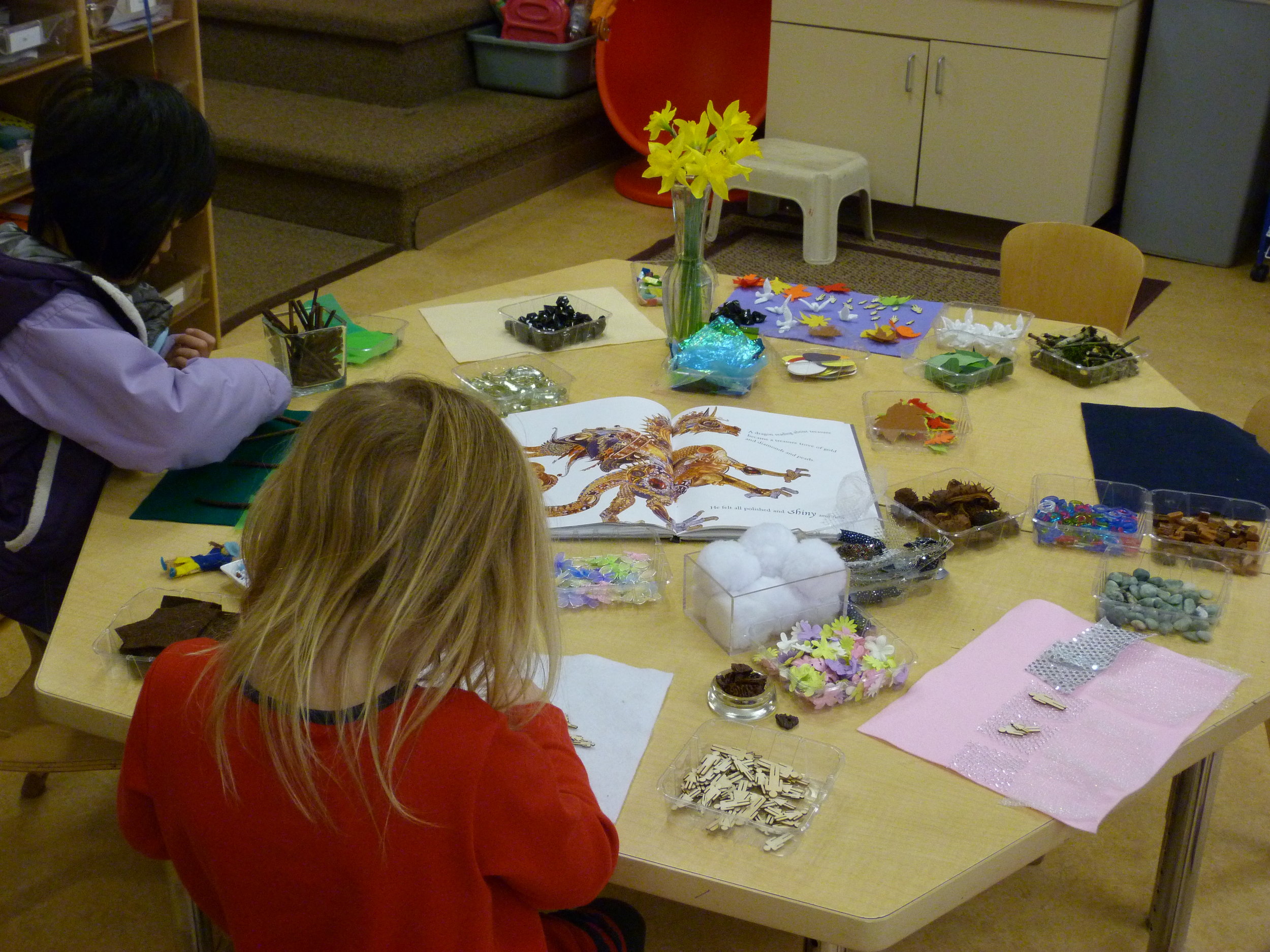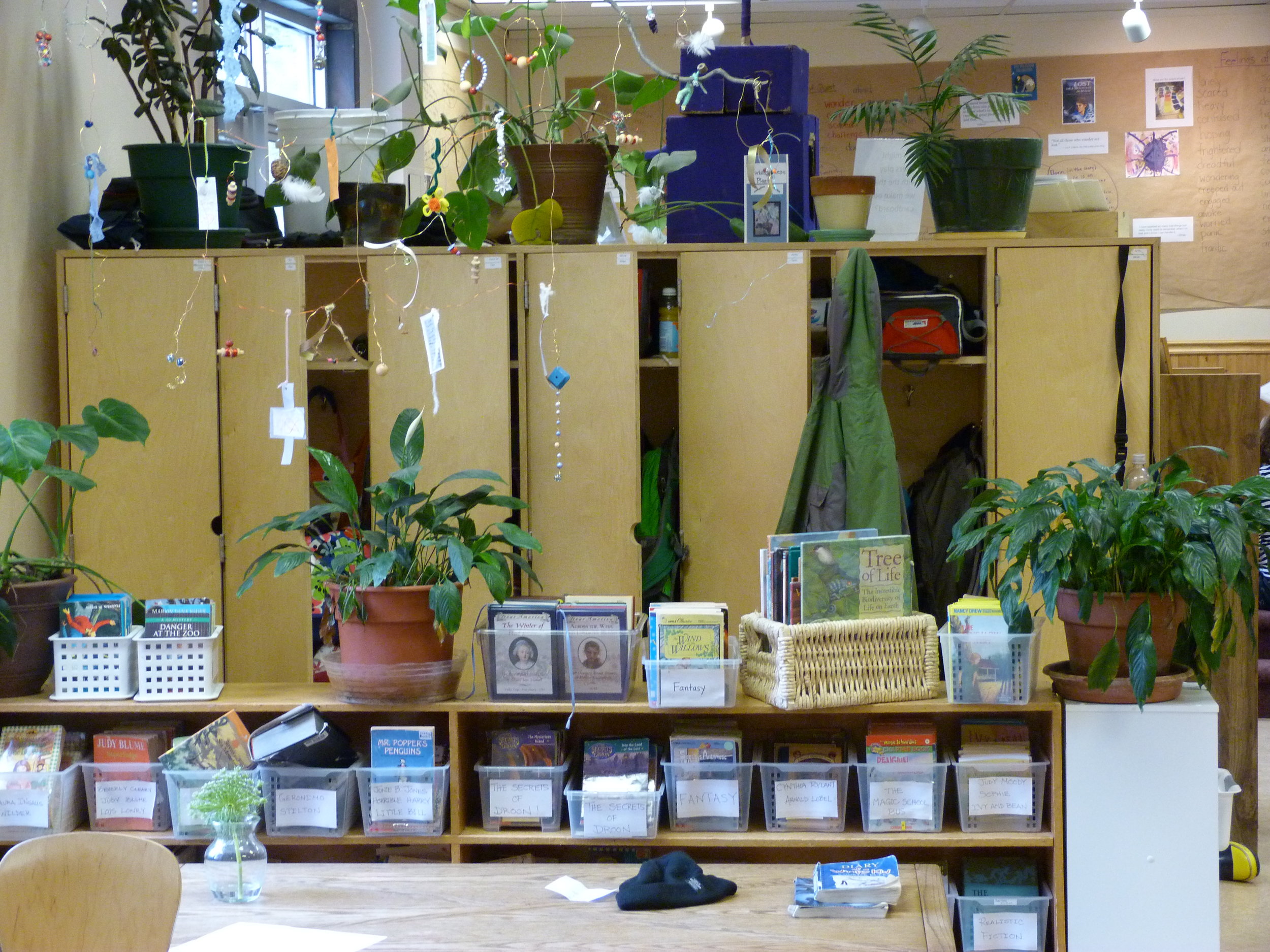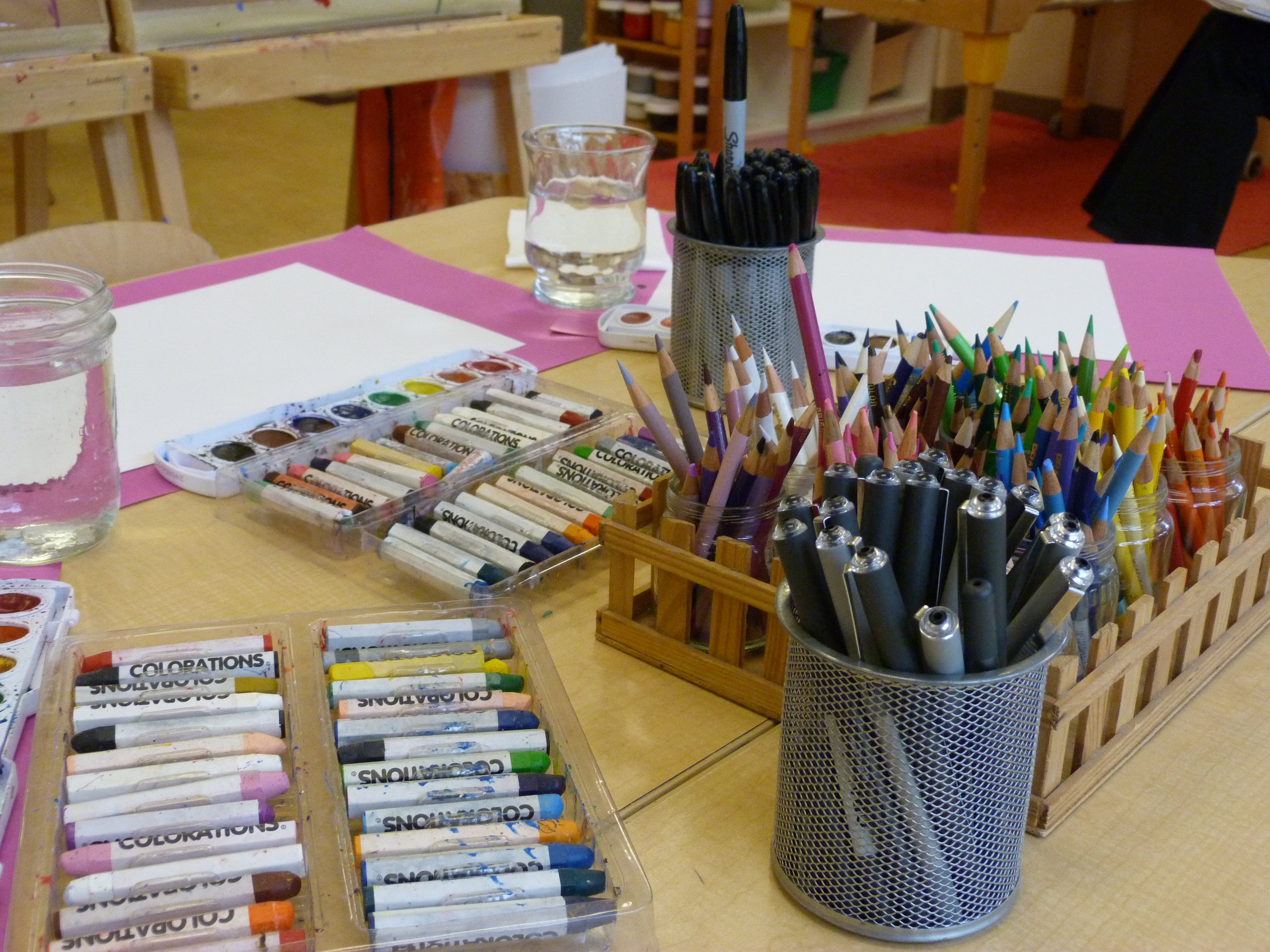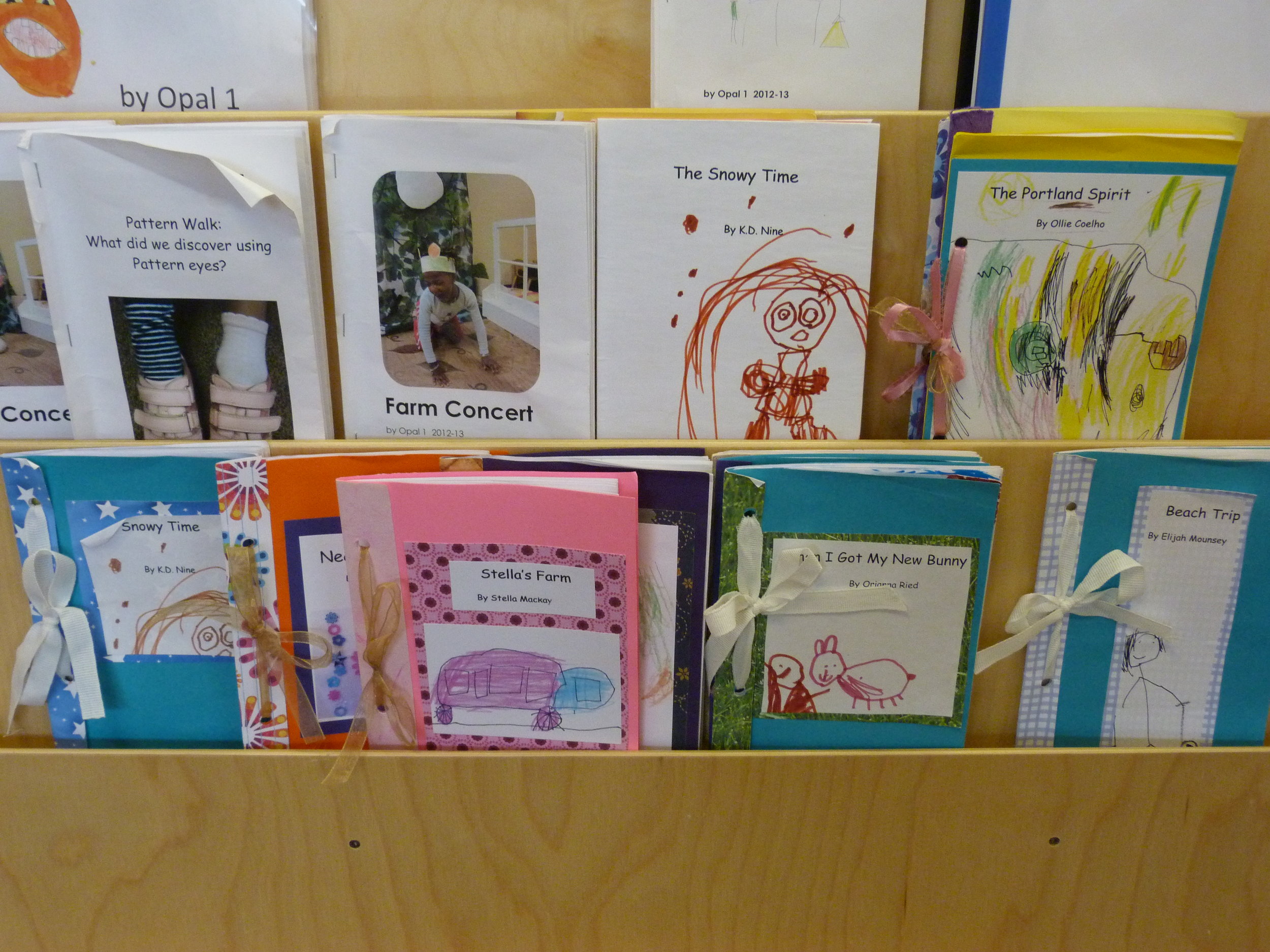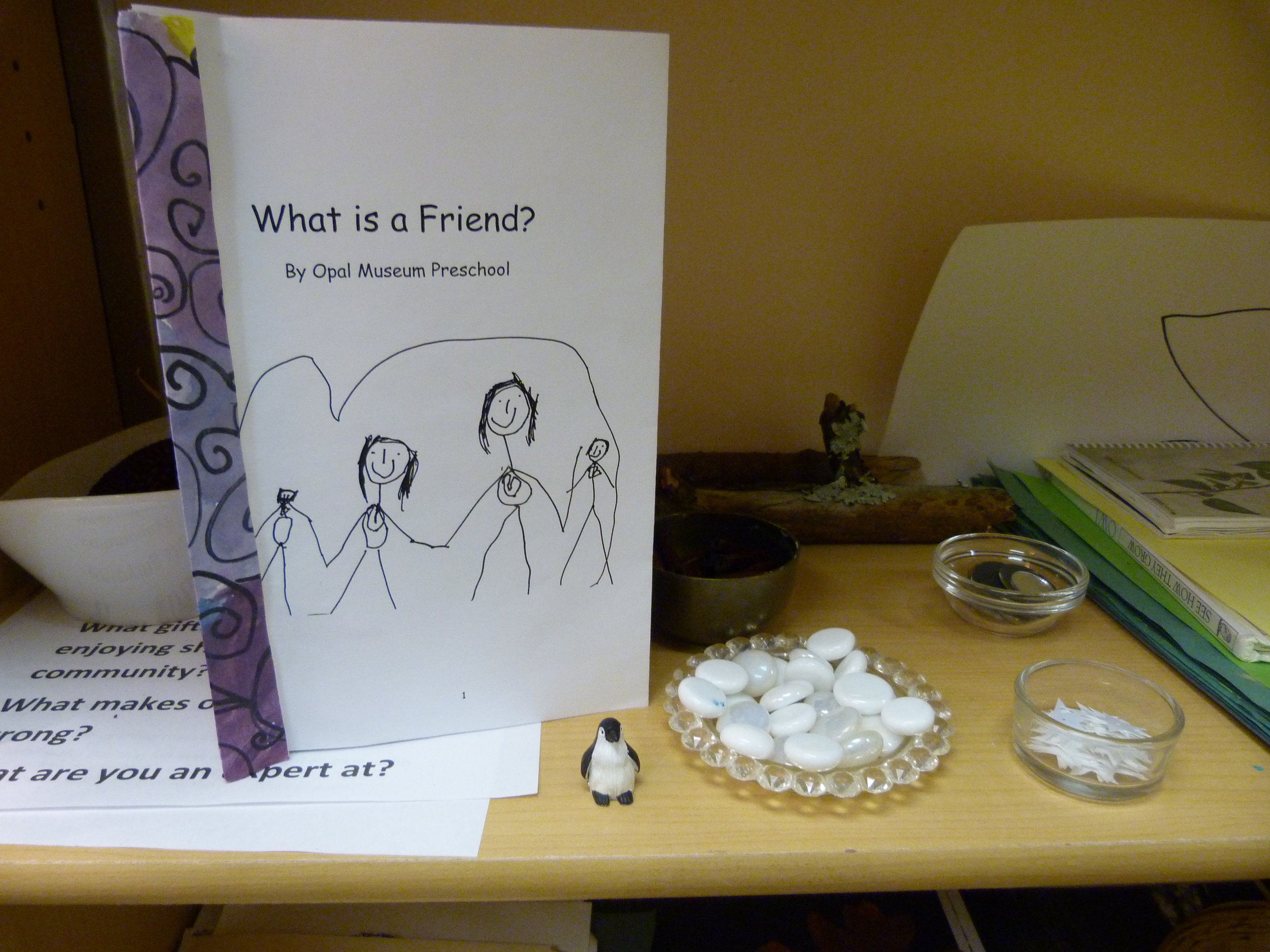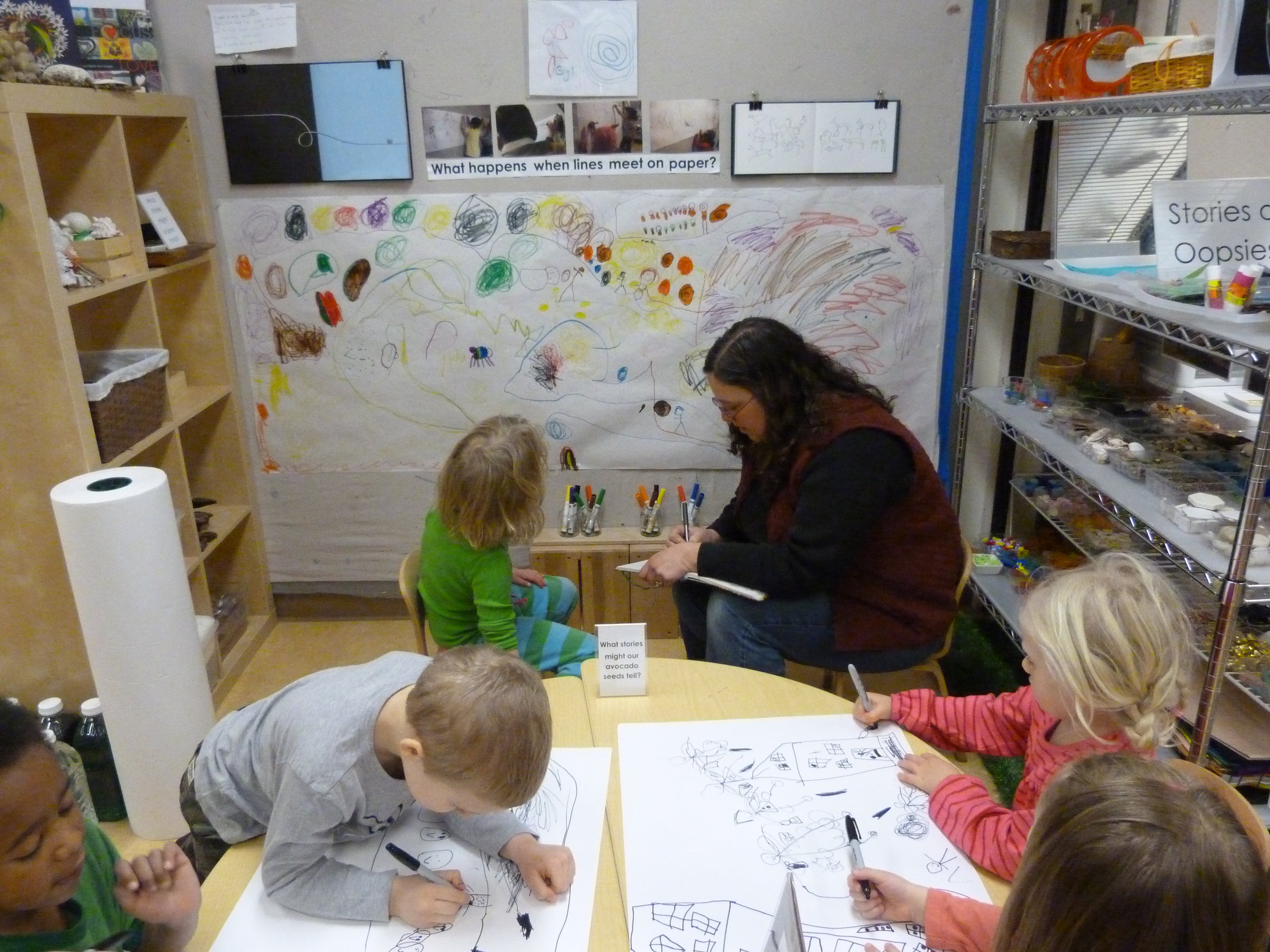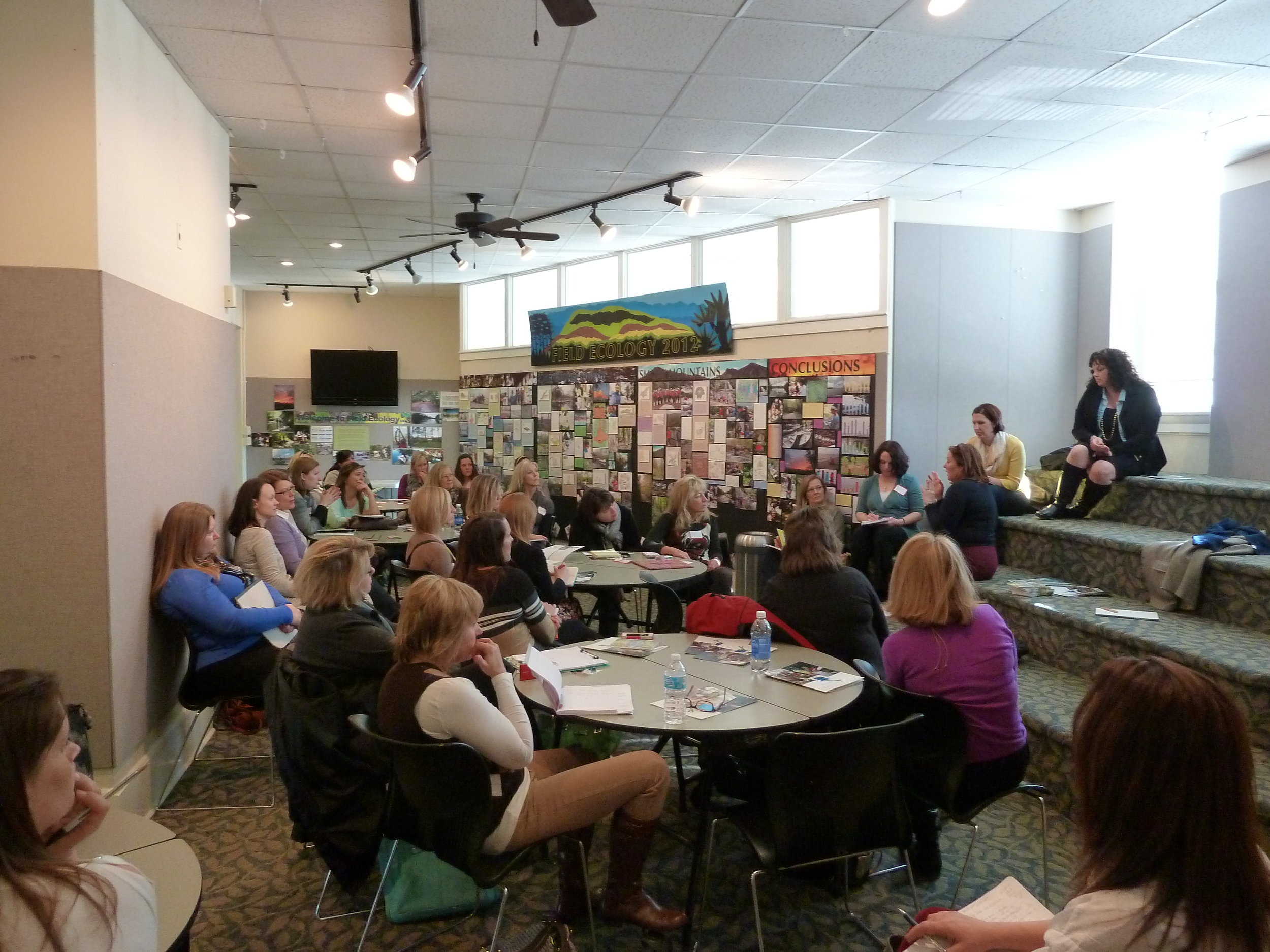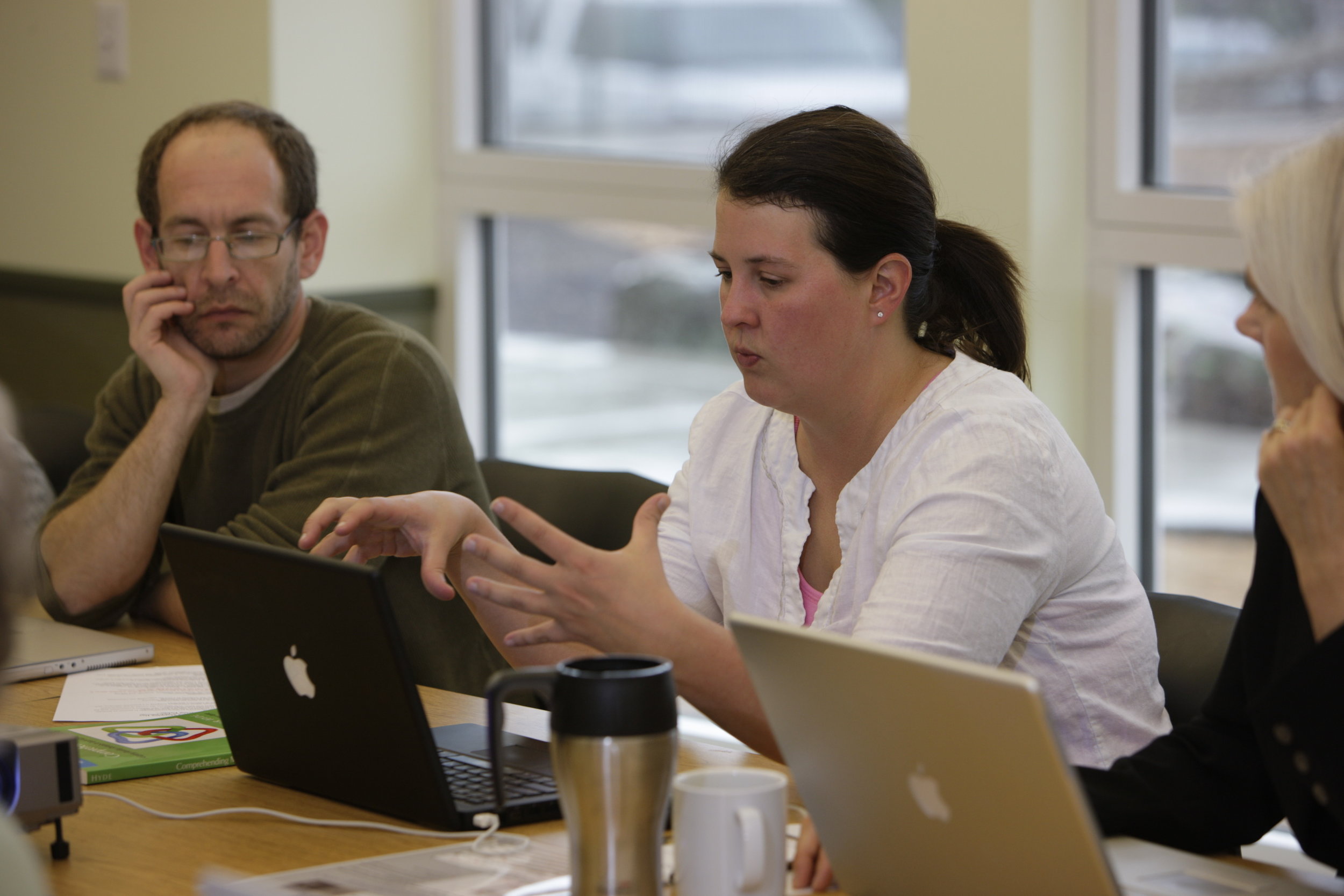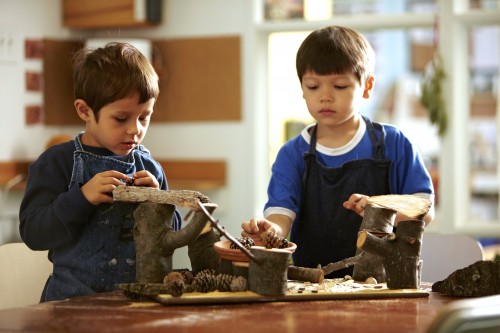I have taught at Butler University for three years with Ena Shelley, Dean of the College of Education. In 2011, we taught a course based on how the teaching and learning in Reggio Emilia, Italy might inspire and influence all sectors of education. For two years, we have co-taught a field study course in elementary and early education during an intensive week at Opal School of the Portland Children's Museum. It has been a thrill for me to teach at the college and graduate level, and especially to co-teach with Ena Shelley who is a close friend and colleague. It has been a dream of mine for some time to find a home at a university where I could offer what I love and know about to others and still do all the other kinds of professional work that takes me far and wide in the world.
Last weekend, I was privileged to participate in the Butler University commencement ceremony as an adjunct professor. I ordered my academic regalia for the very first time, my tam and my hood from Union University, so that I could process with the faculty and join them for the celebration of so many masters and undergraduates at Butler.
One of the joys of the day for me was listening to the commencement address by John Green, who is an Indianapolis native, a New York Times best seller list author of young adult fiction and a very good speaker. He was funny, he was honest, he was eloquent in an accessible way, he was memorable. I keep thinking back on what he said and remembering the gems.
The very first thing that he asked us to do was to take a full minute to remember and appreciate all the people who had "loved us up" to this celebration, this day, this time in our lives...whether we were students, parents, faculty. He captured a moment in time for all of us, and asked us to think of the people that had made this possible for us. A long line up of parents, grandparents, teachers, professors, and others who supported me along the way, made sacrifices for me and believed in me, when I needed it the most, appeared in my mind's eye. The huge, historic Hinkle gymnasium fell silent and every one of us spent that long moment being grateful and humbled by those who had made success in our lives possible.
John Green made us want to be that kind of person. If we had any doubt, he helped us realize that to be the kind of person who other people, maybe people we don't even know yet, think of in moments like these...this is what makes a life successful more than anything else...more than fame or money certainly.
The tam and the tassel and the hood that symbolize my accomplishments are a huge honor to wear. Participating as a faculty member, even a part time one, of such a dedicated and wonderful university as Butler is a privilege. Remembering, honoring and feeling immense gratitude for the people who made this possible for me... that was the highlight of the day. Thank you, John Green, for that.


